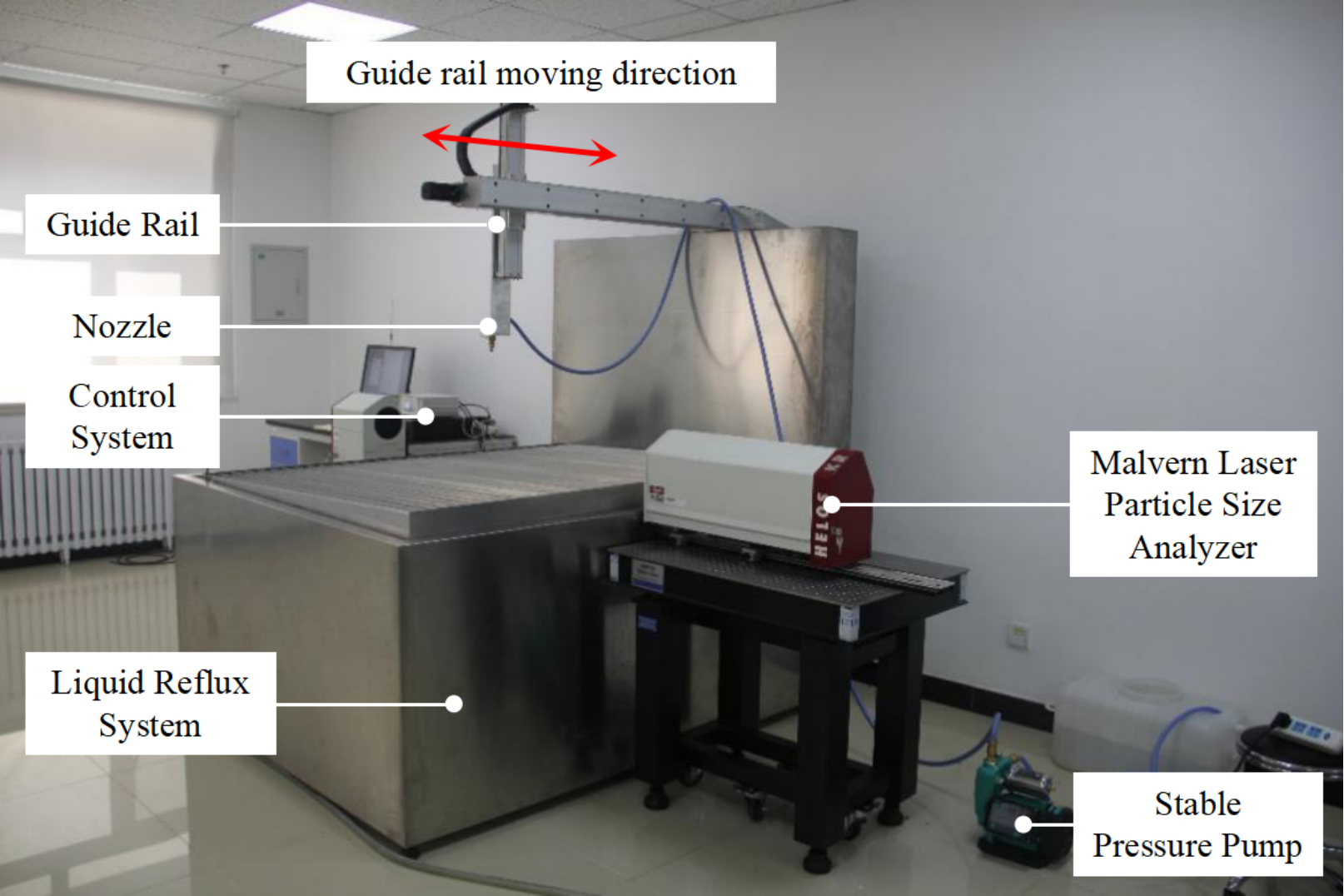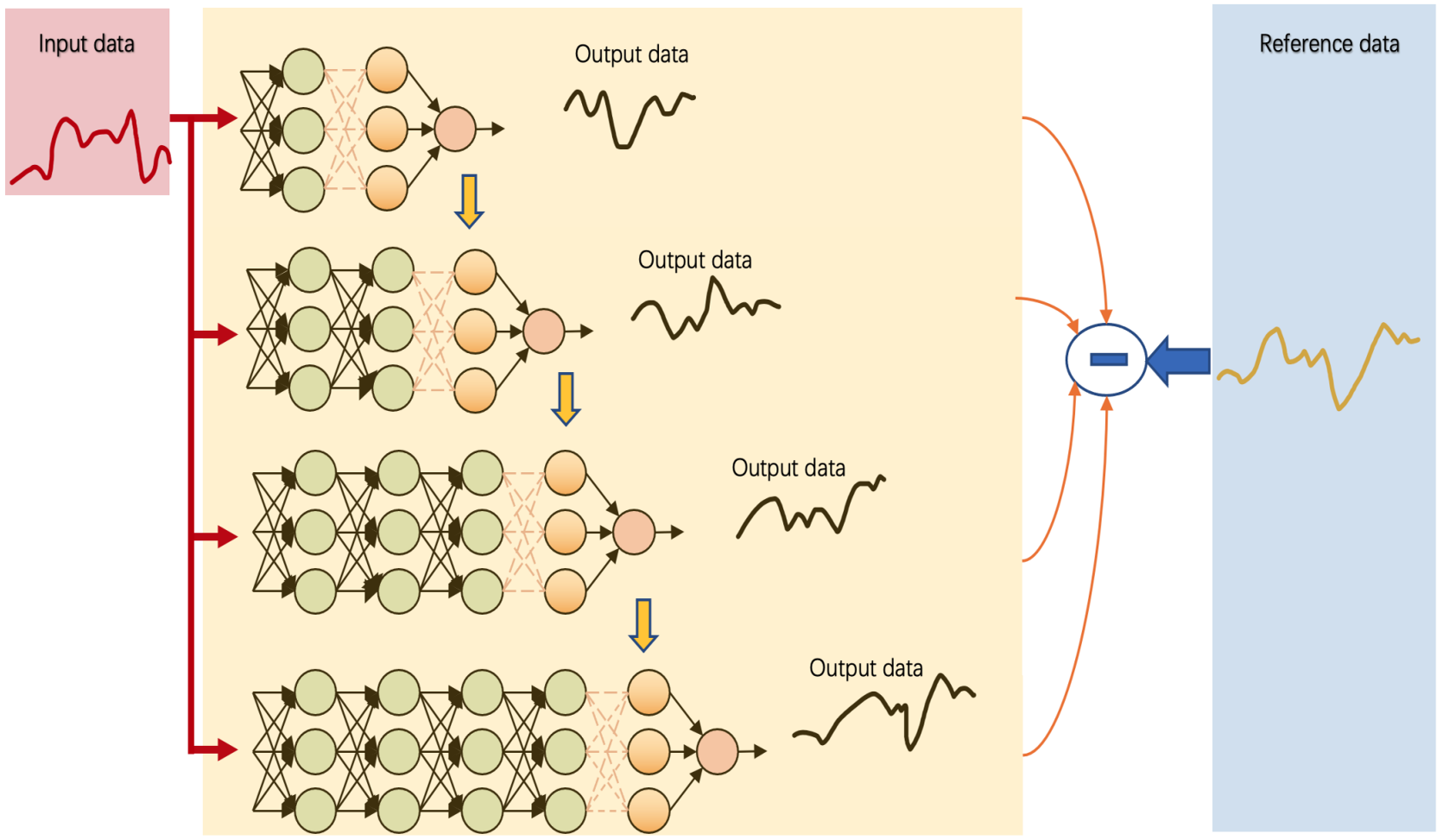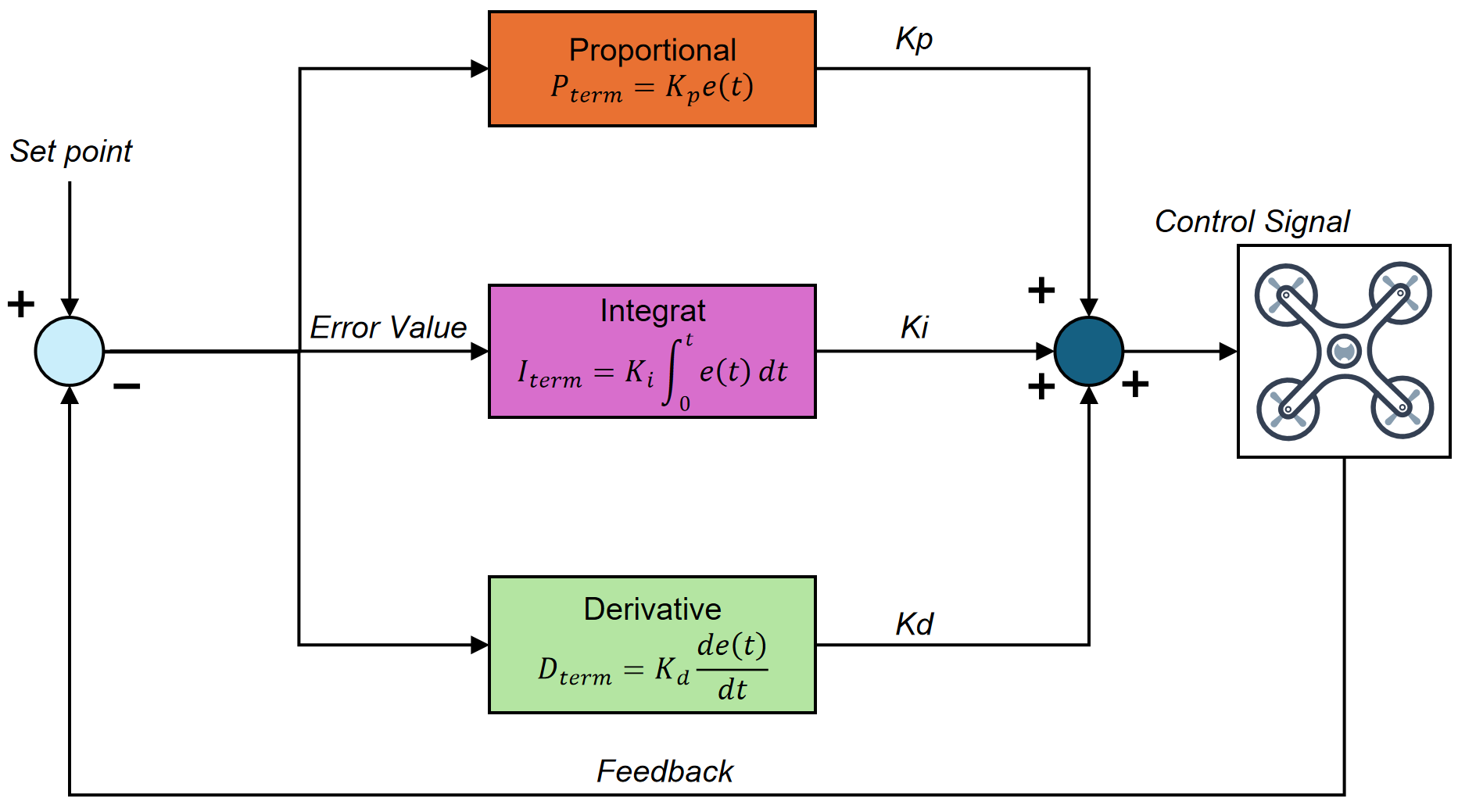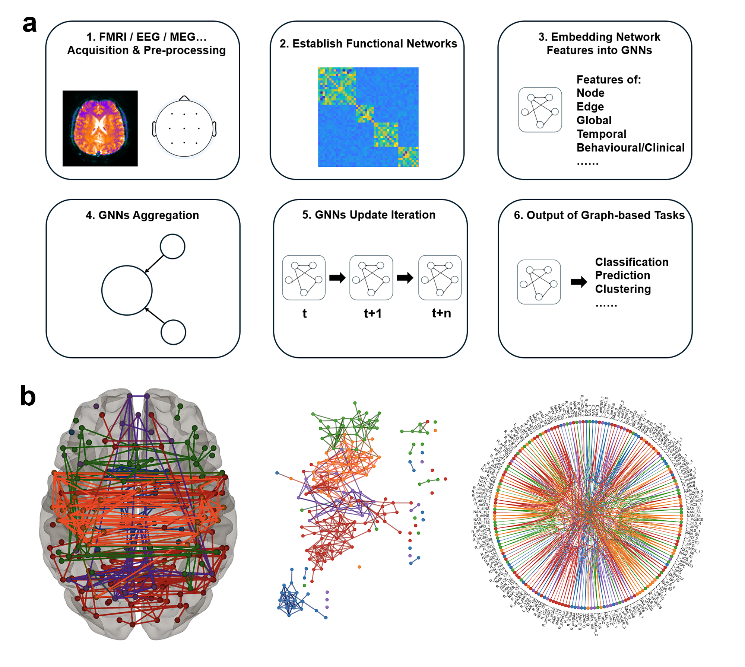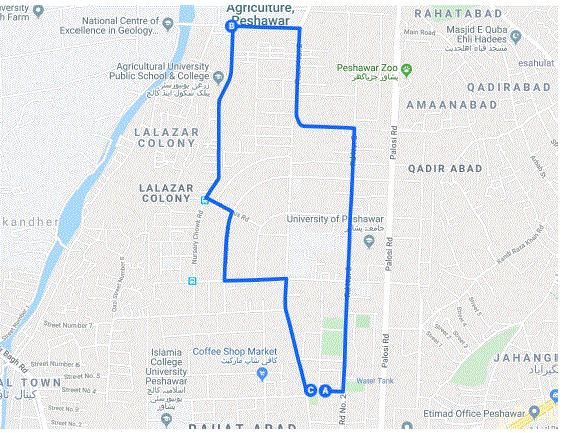IECE Transactions on Intelligent Systematics | Volume 1, Issue 2: 102-111, 2024 | DOI:10.62762/TIS.2024.307219
Abstract
Precision plant protection, a crucial facet of precision agriculture, assumes a paramount role throughout diverse stages of agricultural pesticide utilization. It not only furnishes indispensable reference parameters for agricultural production but also minimizes the employment of pesticides and their environmental footprint. This investigation employs a laser particle size analyzer to gauge the particle size information of the atomization field under assorted conditions, commencing with ground plant protection. The findings reveal that particle size escalates with the ascent of spray pressure and spray angle while diminishing with their augmentation. It proposes that pressure adjustments ca... More >
Graphical Abstract
